Raw Tofu
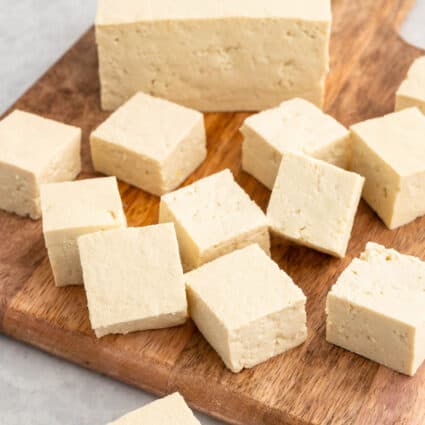
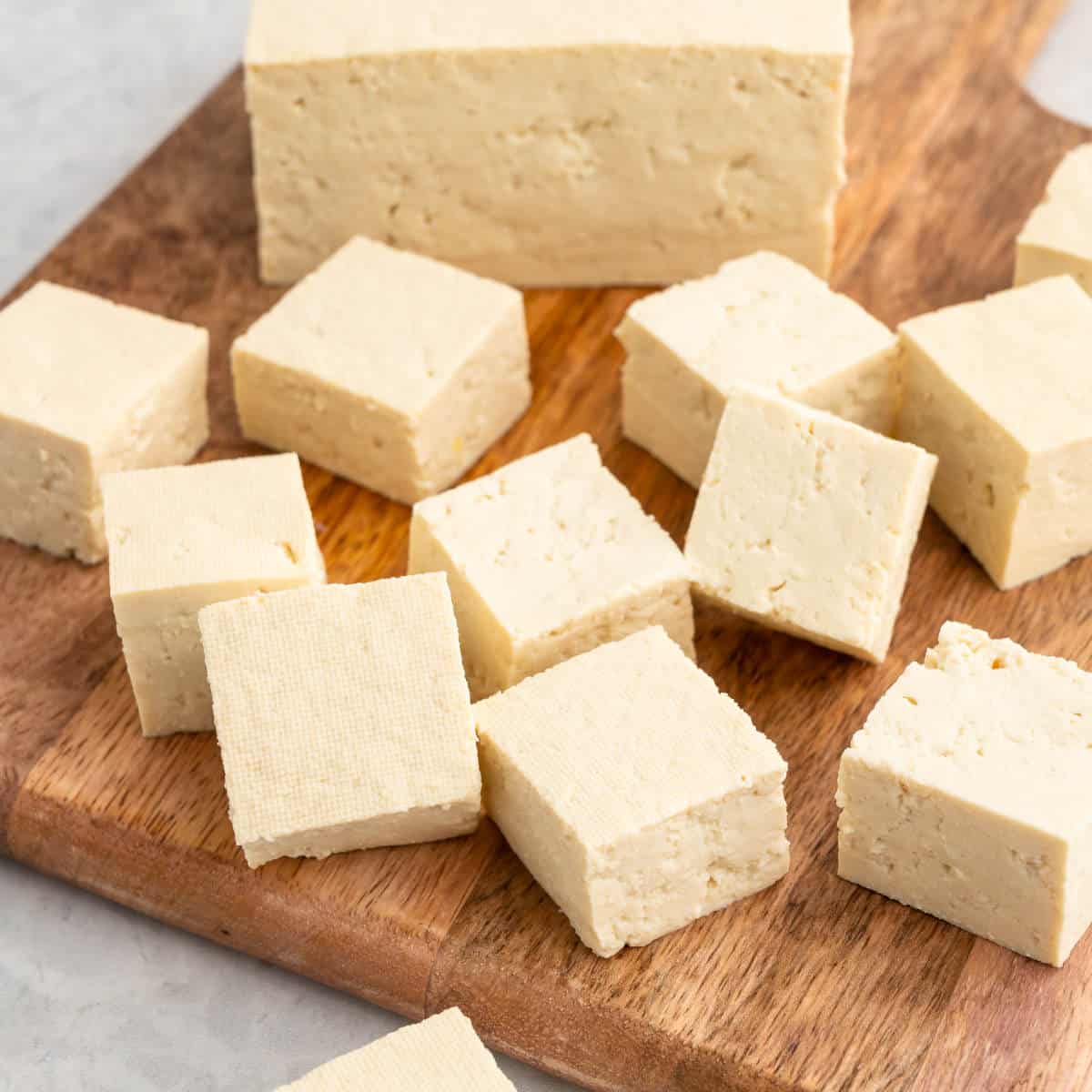
There comes a point in every vegan’s life where it’s late, you’re tired, and you’re staring down a package of tofu without any desire to fire up the stove. Sure, you’ve asked yourself: Can I eat tofu raw?
Though a beige block of bean curd may not have as much appeal as crispy cubes or stir-fried triangles, the sheer versatility of tofu presents unlimited opportunities for experimentation. It should stand to reason that there are even more delicious approaches to eating tofu without applying heat… Right?
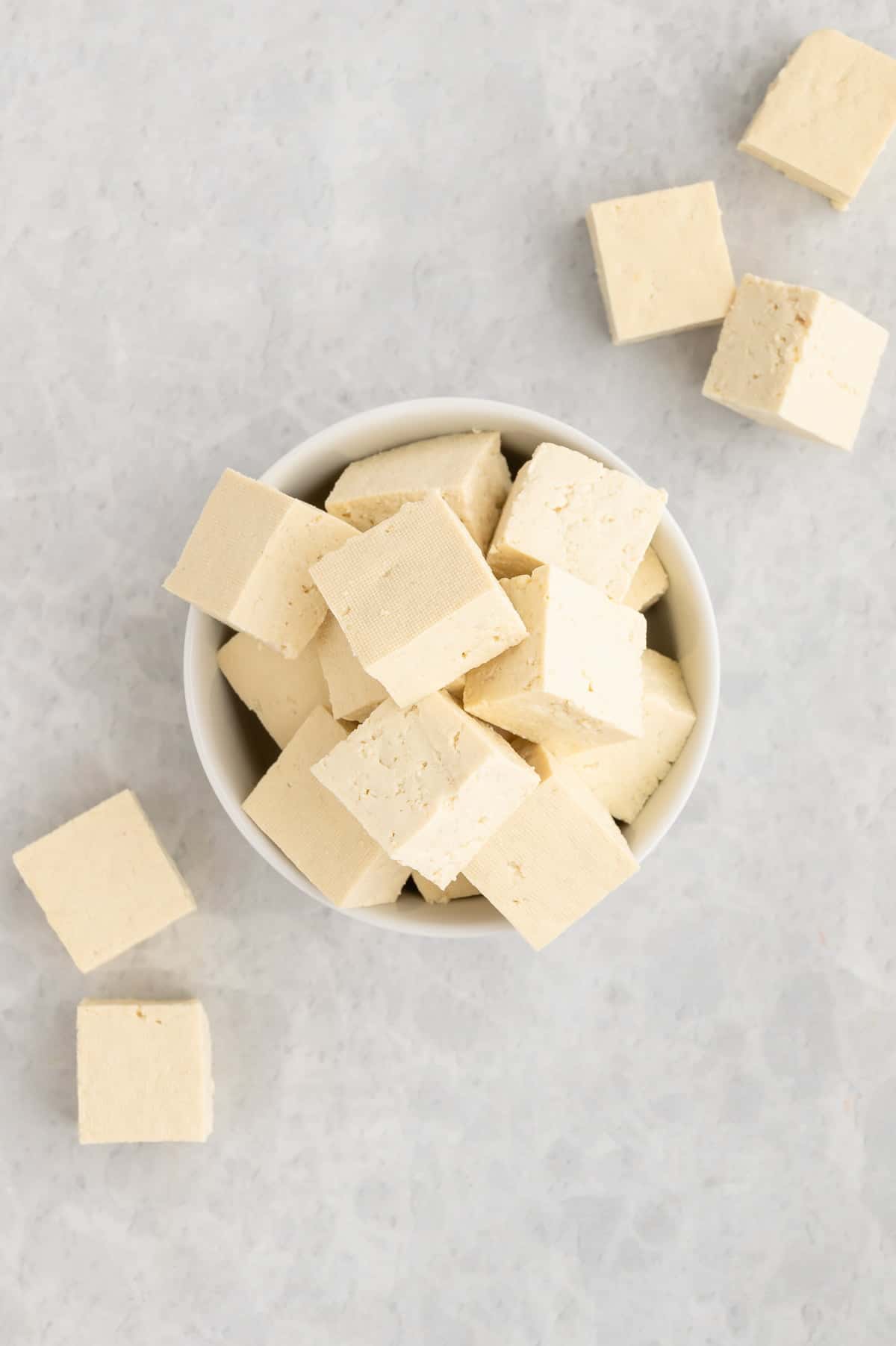
Table of contents
What Exactly Is Tofu?
Before we talk about the risks and benefits of tofu, we need to better understand what it is to begin with. Tofu is made from cooked soybeans that have been blended with water, creating a rich soymilk, then coagulated with nigari, calcium, or magnesium salt. The curds are set into blocks, and in the case of firm, extra-firm, or super firm tofu, pressed to create a denser, more sliceable structure.
Soy-free tofu can be made from chickpeas (sometimes known as Burmese tofu) or pumpkin seeds (AKA “pumfu”), and is made in a similar way. These are less common in mainstream supermarkets and tend to be much more expensive but offer an excellent substitute for those allergic or sensitive to soy products.
Is Raw Tofu Safe To Eat?
The potential danger of raw food stems from bacterial contamination which won’t be neutralized by cooking over high heat. Raw meat is the most common culprit, bearing salmonella, e. coli, listeria, and more.
While tofu is a very popular meat substitute, luckily, it doesn’t share this same pitfall. The soybeans used to make it are fully cooked before being packaged and sealed, killing off any possible microbial threats. As such, when we’re talking about “raw” tofu, we really mean unprepared or unheated tofu, which is perfectly safe to eat.
Do you need to cook tofu to avoid food poisoning? No, but you do need to make sure it’s handled properly once the package is opened. Always handle with clean utensils, on clean surfaces, and with clean hands to prevent cross-contamination.
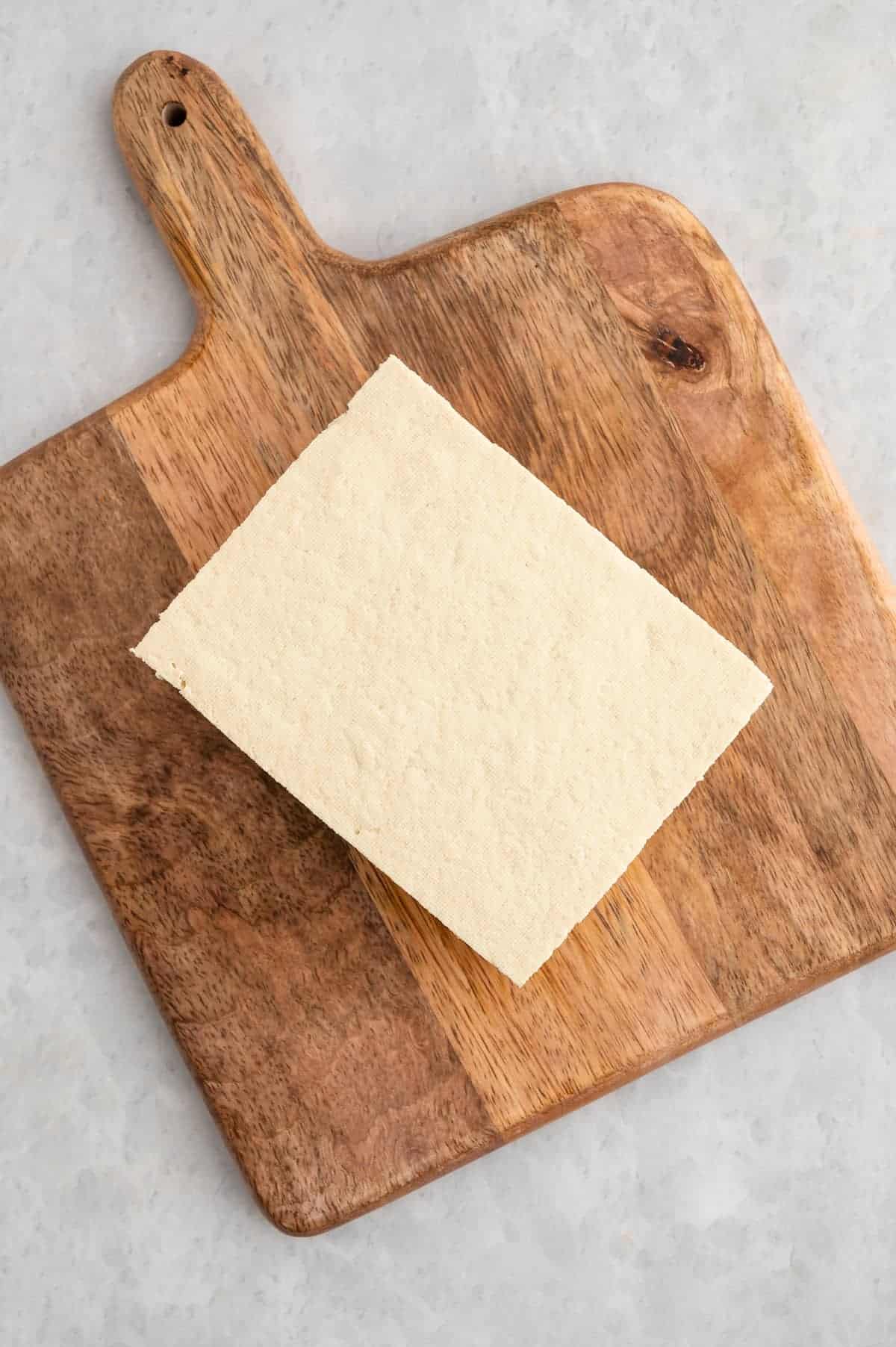
Easy Recipes To Enjoy Raw Tofu
Just because you wouldn’t necessarily want to take a bite out of a plain block of uncooked tofu doesn’t mean it must be cooked to be delicious. There are lots of raw tofu recipes that can be made with minimal ingredients and little time for truly instant gratification.
- Creamy, high-protein smoothies and shakes are a snap with blended silken tofu as the base. It’s especially effective when paired with rich flavors to cover the subtle beany taste, such as chocolate and peanut butter.
- Skinny dipping takes on all new meaning when raw tofu starts the party with a healthy snack! You can blend it with tahini like hummus, caramelized onions for that classic French onion flavor, or savory herbs to make a crowd-pleasing ranch dip.
- Want to know a secret? Rich, tangy vegan feta is really just marinated firm tofu!
- Forget about fish; tofu poke has all the fresh, bright flavors of Hawaii, but is made entirely from plants.
- Tofu egg salad should be a go-to recipe in everyone’s repertoire. Use it to stuff sandwiches, wraps, rolls, or salads with just a few minutes of prep work.
- Hiyayakko tofu is a traditional Japanese entrée that tops chilled soft tofu with scallions, soy sauce, and pickled ginger. It’s enjoyed in the summer to beat the heat since it’s very refreshing and doesn’t heat up the kitchen.
- Chinese cuisine has a similar dish called liangban tofu, which has a spicy, vinegary bite. This is great topped with crunchy chili crisp to add more textural contrast, too.
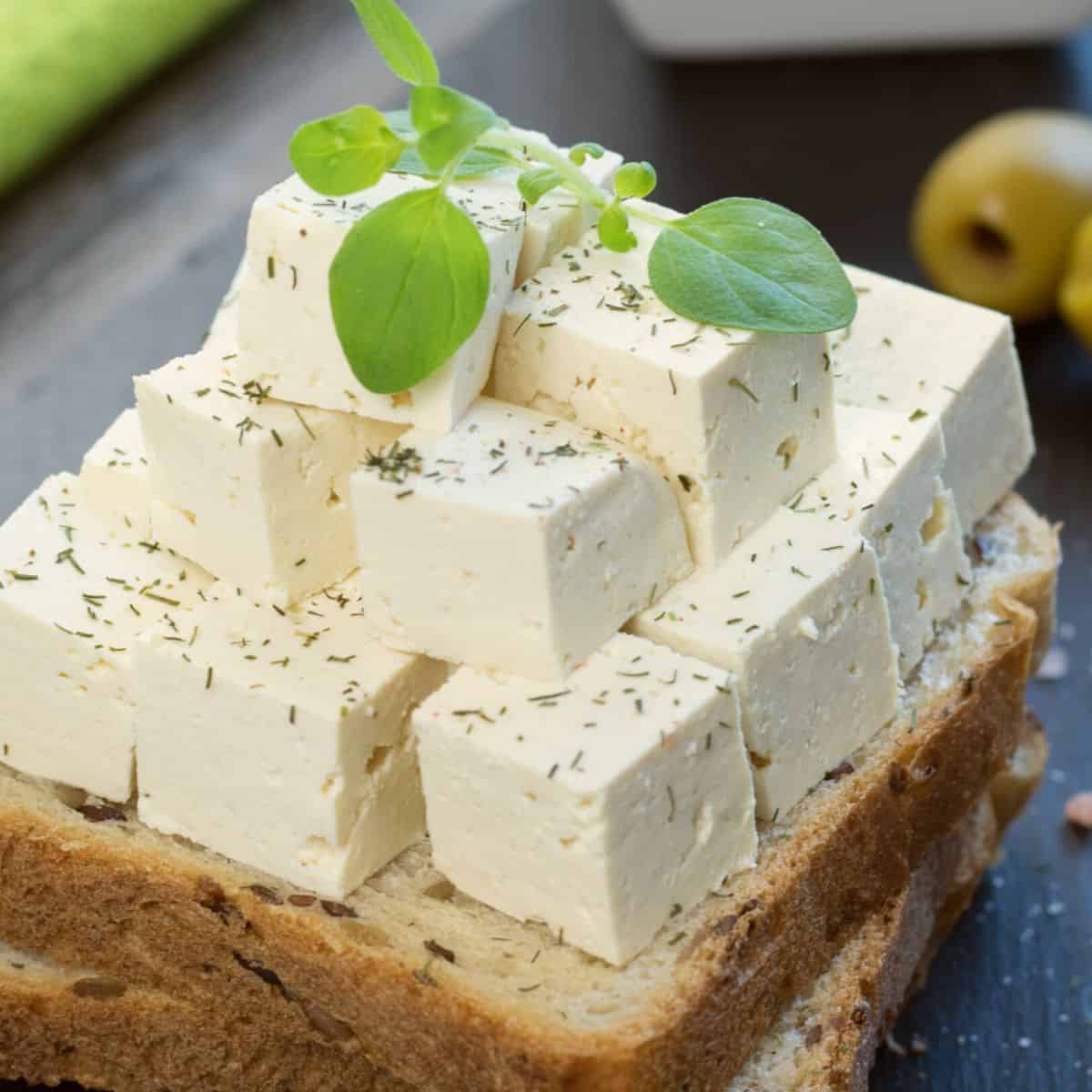
Tofu Health Benefits
Cooked or raw, hot or cold, tofu is a powerful superfood proven to have a positive impact on overall health. A few of the benefits tofu has to offer include:
- Good source of protein: Tofu is an excellent source of plant-based protein, and it contains all nine essential amino acids that the body needs to function properly.
- Low in calories and fat: Tofu, particularly soft and silken varieties, is low in calories and fat, which is a helpful food for losing excess weight or maintaining a healthy weight.
- May improve heart health: Some research suggests that tofu may help to lower cholesterol levels, which can reduce the risk of heart disease.
- May reduce the risk of certain cancers: Soy foods contain compounds called isoflavones, which may have anti-cancer properties. Some studies have suggested that consuming soy foods may reduce the risk of breast and prostate cancer in particular.
- Good source of vitamins and minerals: Tofu is a good source of several important vitamins and minerals, including calcium, iron, and magnesium.
FAQs
Neutral and mild, most tofu is rather bland without any added seasoning. Some varieties might have a stronger beany flavor, particularly firmer types of tofu since they’re more concentrated and denser.
Once opened, leftover uncooked tofu can be stored in an airtight container submerged in water. The water prevents it from drying out or allowing mold to grow on the surface. It should keep for up to a week in the fridge.
Freezing tofu creates a uniquely meaty texture in tofu while preserving it for an extended period of time. Once completely thawed and thoroughly drained, it’s perfectly fine to eat it as-is! It’s primed for soaking in all sorts of flavorful marinades, so you’ll probably enjoy it more if you take a moment to season it further, of course.
Tofu is typically made from soymilk, not the other way around. However, if you’re out of non-dairy milk and need a quick fix, you can blend one package of silken tofu with 4 to 5 cups of cold water until smooth to make a workable facsimile. Consider adding a sweetener, vanilla extract, and a pinch of salt to round out the more beany flavor.






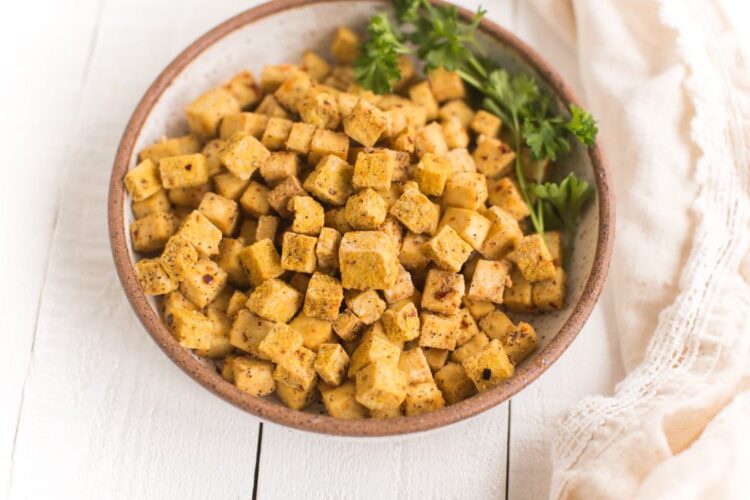
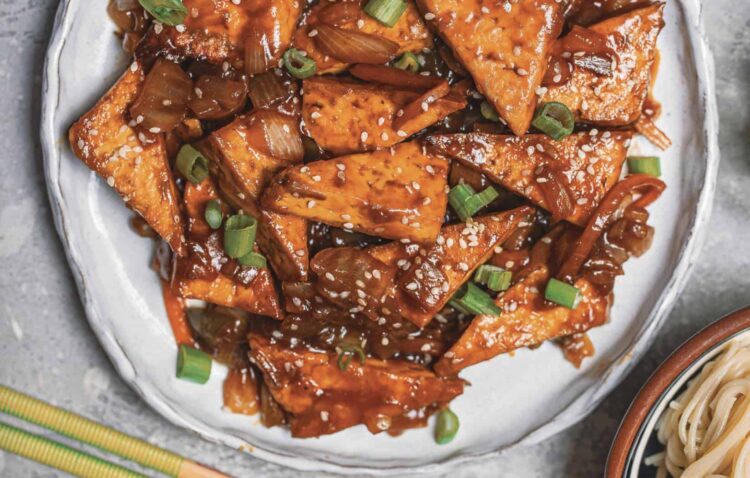
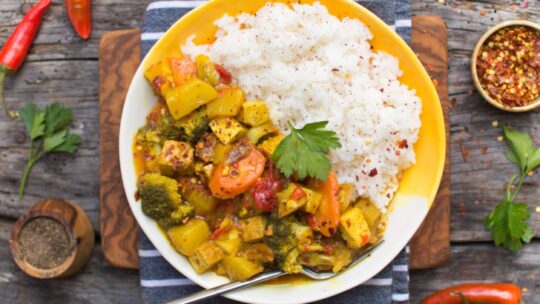
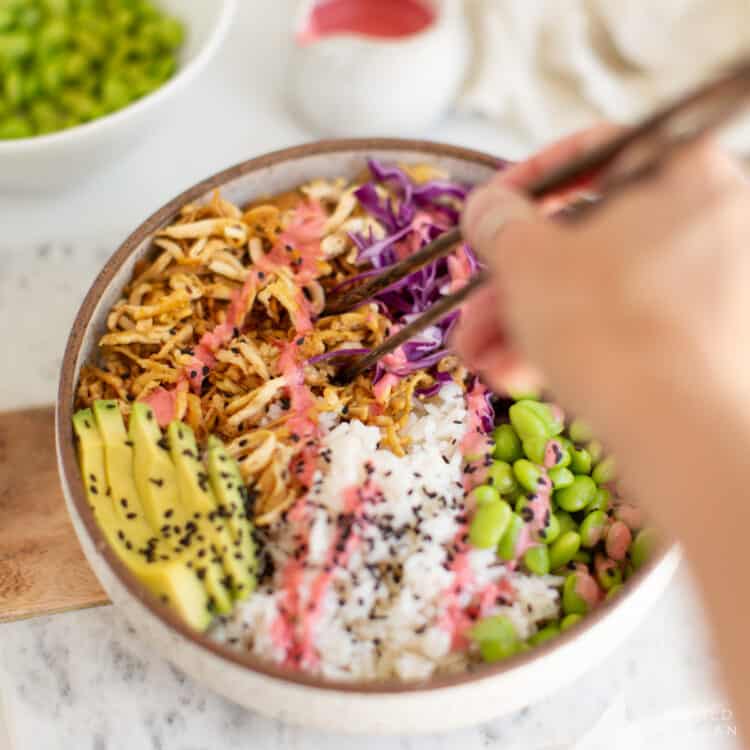
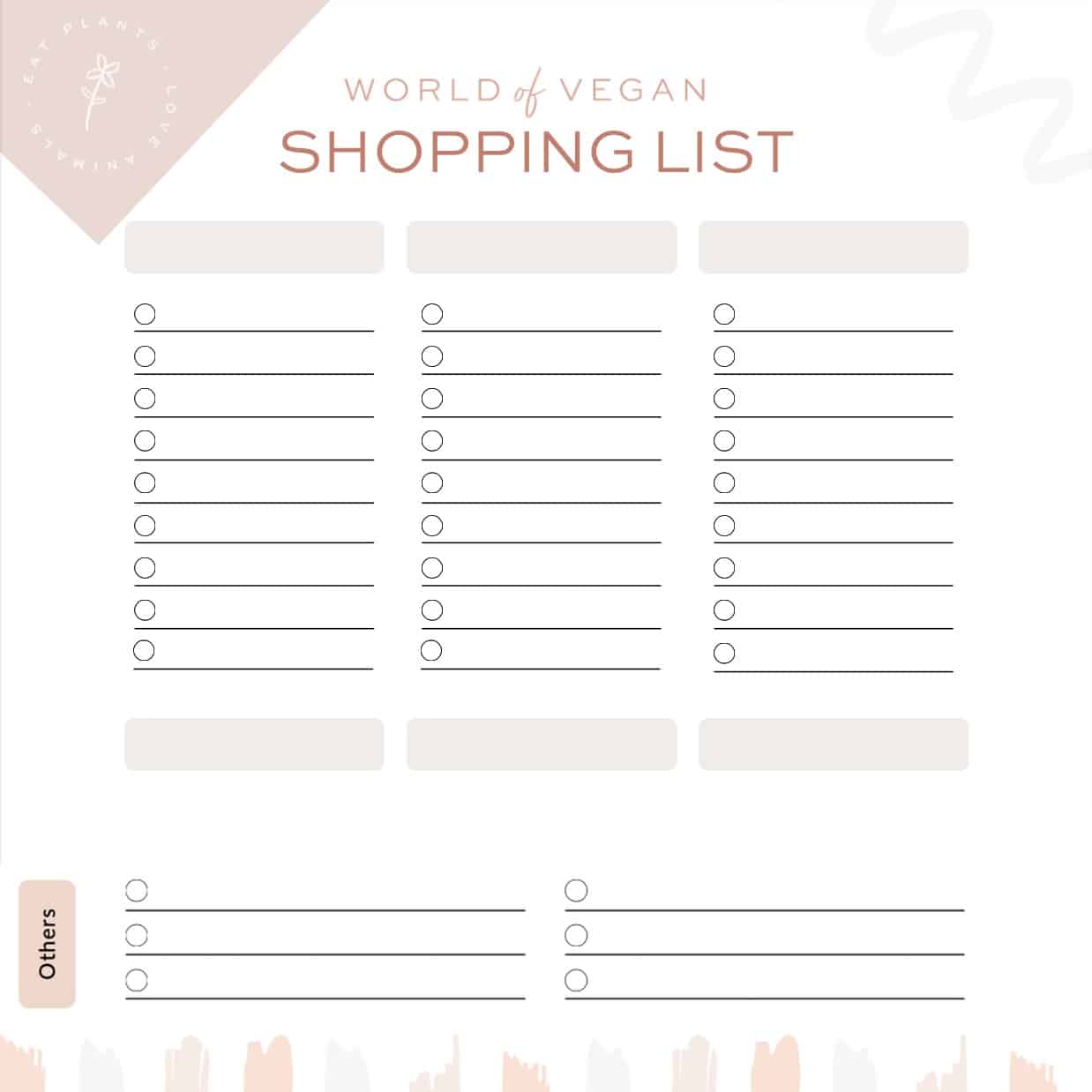
Leave a Comment